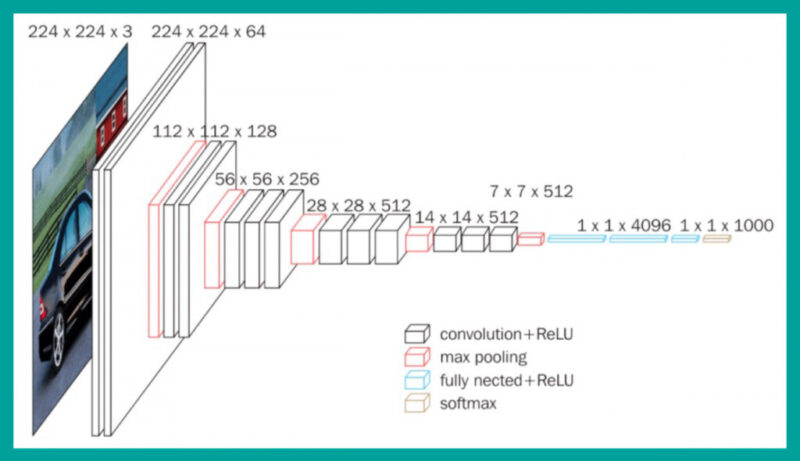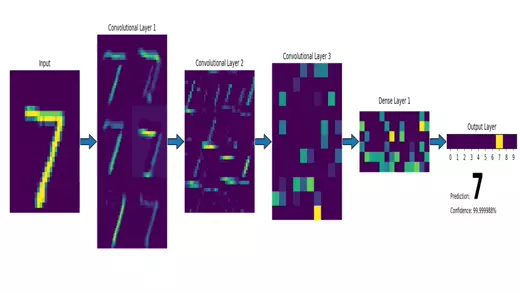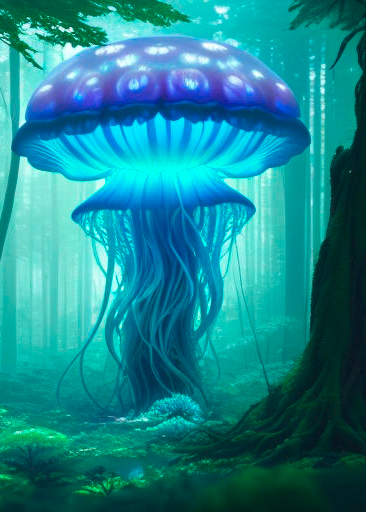Technology Oceanview AI
Oceanview.ai current technology is a type of Narrow AI called a deep CNN (Convolutional Neural Network)
AI is defined in 3 different general types:
Here is a table summarizing the key differences between narrow intelligence, general intelligence, and super-intelligence:
Type of AI
Narrow intelligence
General intelligence
Super-intelligence
Description
Designed to perform a specific task or set of tasks
Designed to perform a wide range of tasks, similar to how humans can. This is starting to be seen in LLM Large Language Models
Far more intelligent than any human
- Narrow intelligence is a type of artificial intelligence (AI) that is designed to perform a specific task or set of tasks. For example, a narrow AI system could be used to play chess, translate languages, or diagnose diseases. Narrow AI systems are typically very good at the tasks they are designed for, but they are not able to generalize to new tasks or situations.
- General intelligence is a type of AI that is designed to perform a wide range of tasks, similar to how humans can. General intelligence systems would be able to learn and adapt to new situations, and they would be able to reason and solve problems in a way that is similar to how humans do. General intelligence is still a theoretical concept, and it is not yet clear how to create a system that can achieve this level of intelligence. This is starting to be seen in LLM (Large Language Models) such as OpenAI’s ChatGPT, Google’s LLama and many others.
- Superintelligence is a hypothetical type of AI that would be far more intelligent than any human. Superintelligence systems would be able to solve problems that are currently beyond human capabilities, and they could potentially have a profound impact on society. The development of superintelligence is a major concern for some experts, who worry that such systems could pose a threat to humanity.
Narrow intelligence, Deep Neural Networks
What does a Deep CNN look like?

Each layer detects high levels of abstraction. These are called “features”. The first layer takes the pixels of the image and does different type of edge detection. These “edges” are the output of the first layer. The next layer uses the detected edges and find vertexes where these edges intersect. Further up the sideways pyramid, these features become things like an eye, a mouth, a node and so on. By finding an image where there is an eye on each side of nose with a mouth underneath, can generate a feature for a face for example.
Here a very simple neural network is used to recognized hand written digits.


